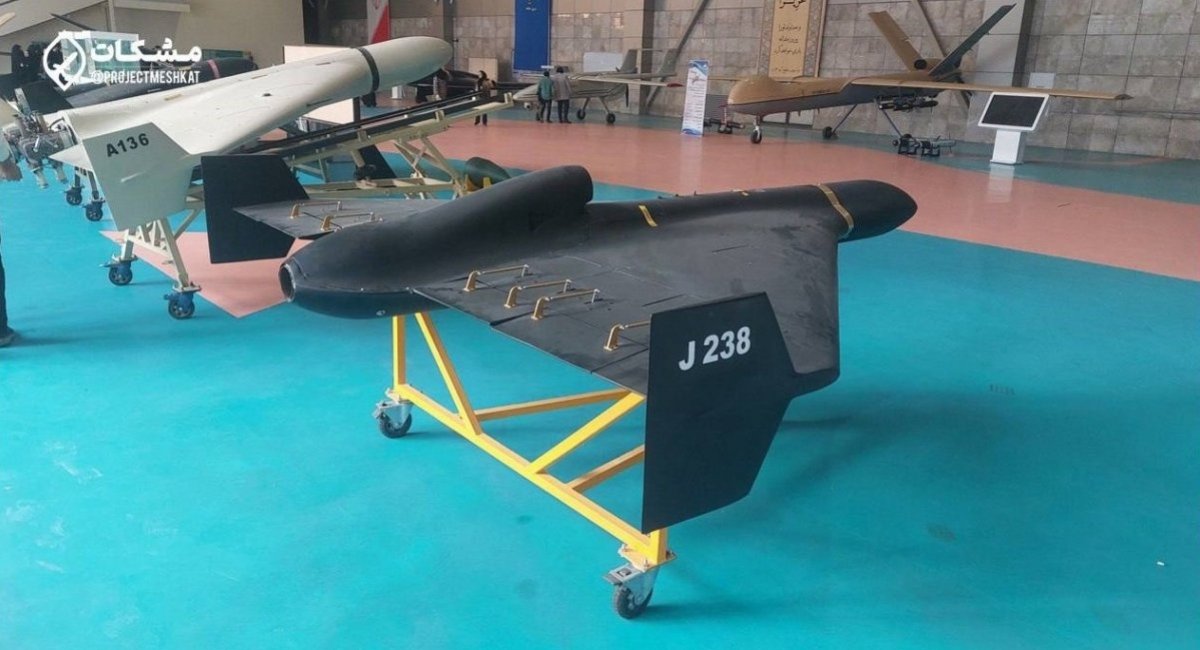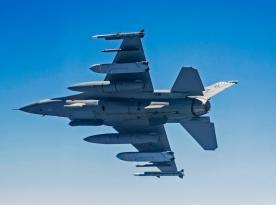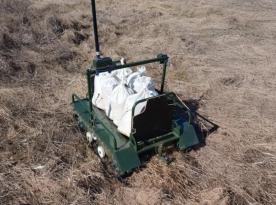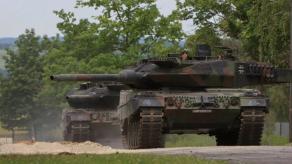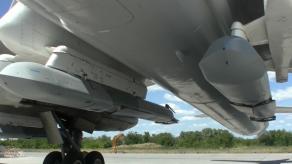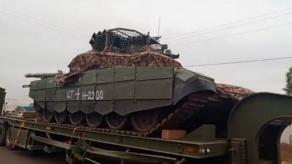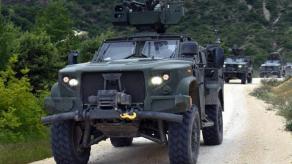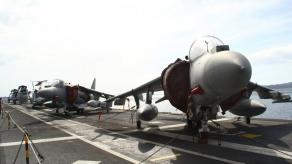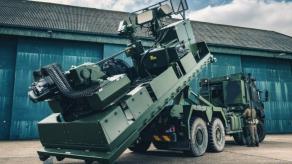Open sources have shared unconfirmed information about the alleged downing by Ukrainian air defense of a Shahed-238 loitering munition (kamikaze drone). Supported with visual evidence, the claim potentially indicates that the russian invasion forces have acquired some Shahed-238s, introduced as recently as November 2023, for aerial strikes on Ukraine.
In response, the Spokesperson of the Ukrainian Air Force, Yurii Ihnat, stated: "We cannot confirm, we didn't find it. Let the one who found it to confirm, show, and tell," supposedly, implying that the Air Force hadn't yet obtained access to the wreckage of the drone by the time of the interview.
Read more: New Threat: russian Forces Use FPV Drones with Machine Vision and Automatic Target Acquisition
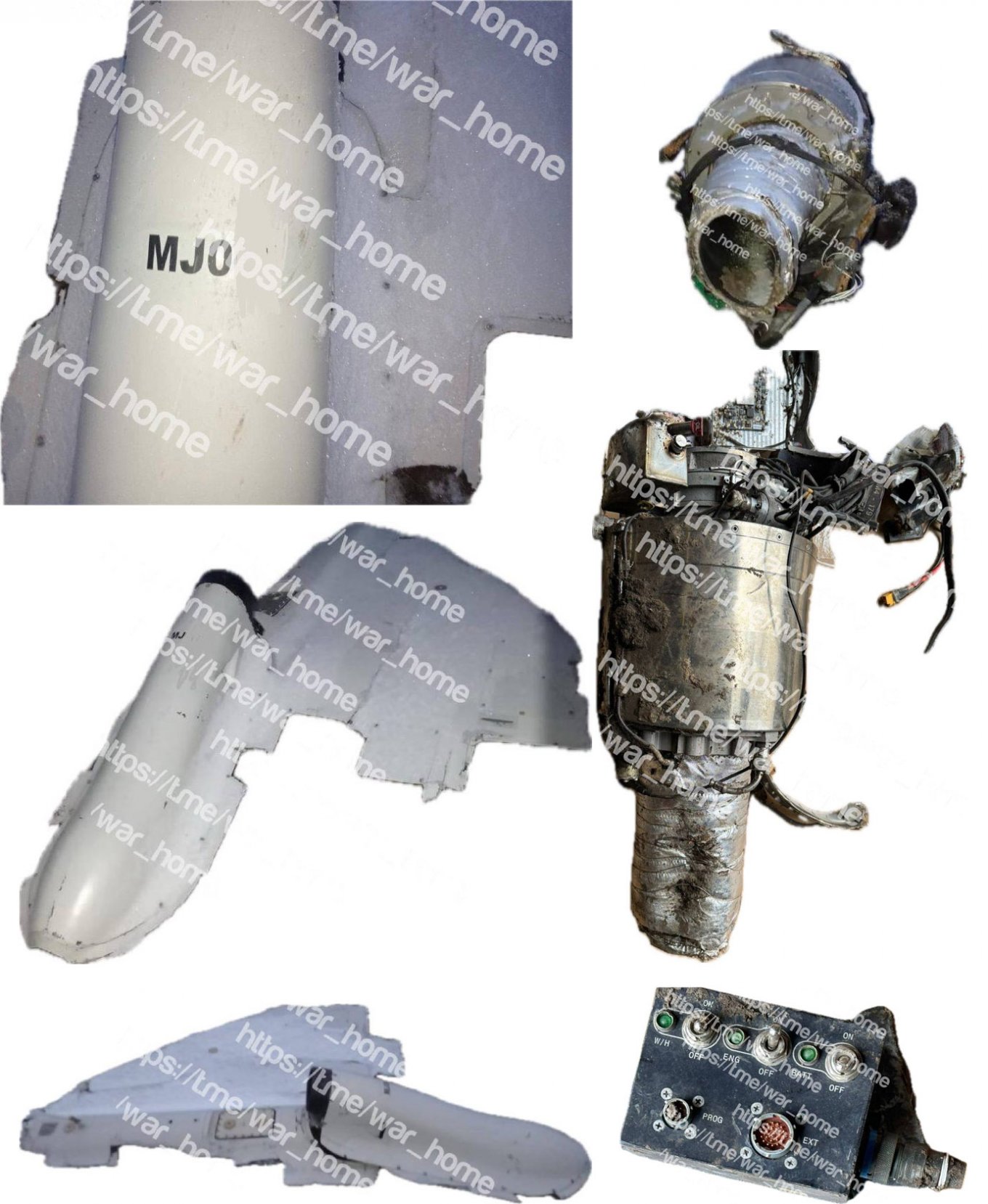
The photos, however, do show parts of an aerial vehicle with a miniature jet engine, visually resembling the Shahed-238. Particularly, the small and conceptually insignificant triangular-shaped notch of the intake, the location of several access panels, and the overall wing configuration and fuselage outlines.

The biggest problem of wreckage identification, though, is that there's no reference for comparison. Same as with the alleged North Korean KN-23 missile that fell near Kharkiv, Ukraine, these are mere speculations.
After all, there is no even approximate assessment of the production rates and number of available Shahed-238 drones in Iran. There's no data either on how the dummies exhibited for the media in Tehran could differ from mass-produced units. There's also a possibility of technology transfer, with russia creating own jet-propelled version of Shahed-136, later handed over to Tehran, and many other possibilities.
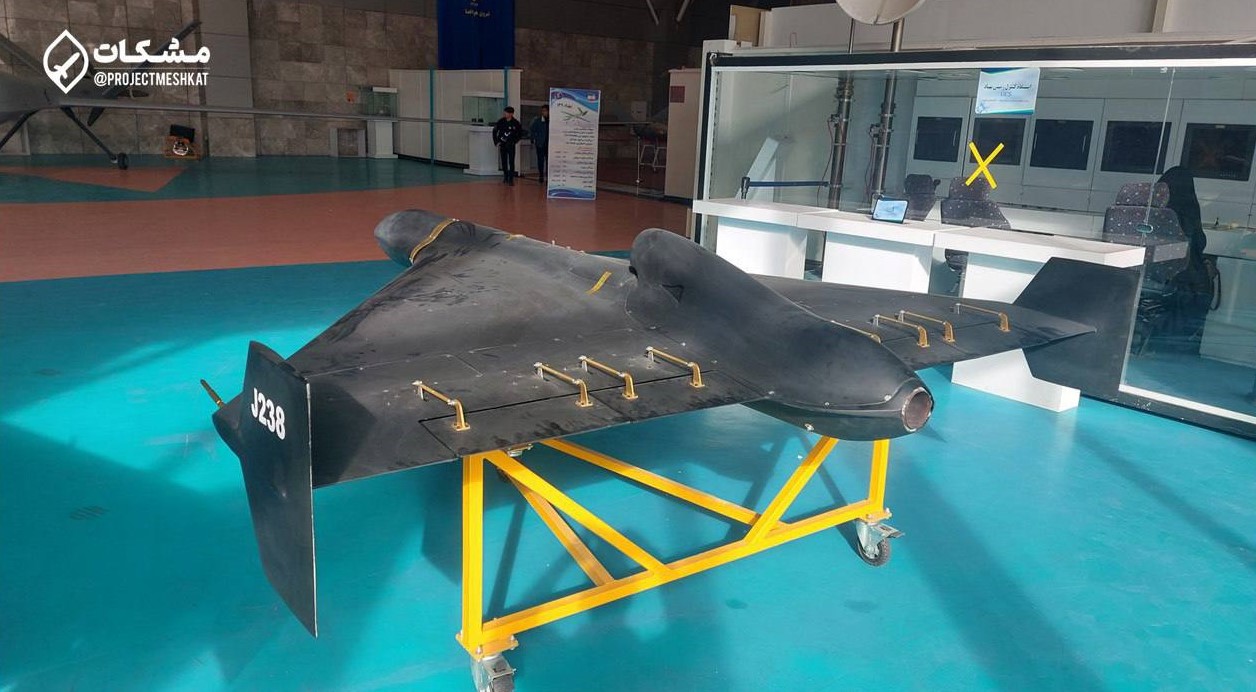
The comprehensive answer could only be found after a thorough examination of the wreckage, especially the jet engine. This component will be objectively the most sophisticated and expensive of all the drone's innards, even though potential analogs are available on the commercial market.
The MD550 piston engine of the Shahed-136, that drives the propeller, costs between $40,000 and $50,000. The jet alternative should cost significantly more.
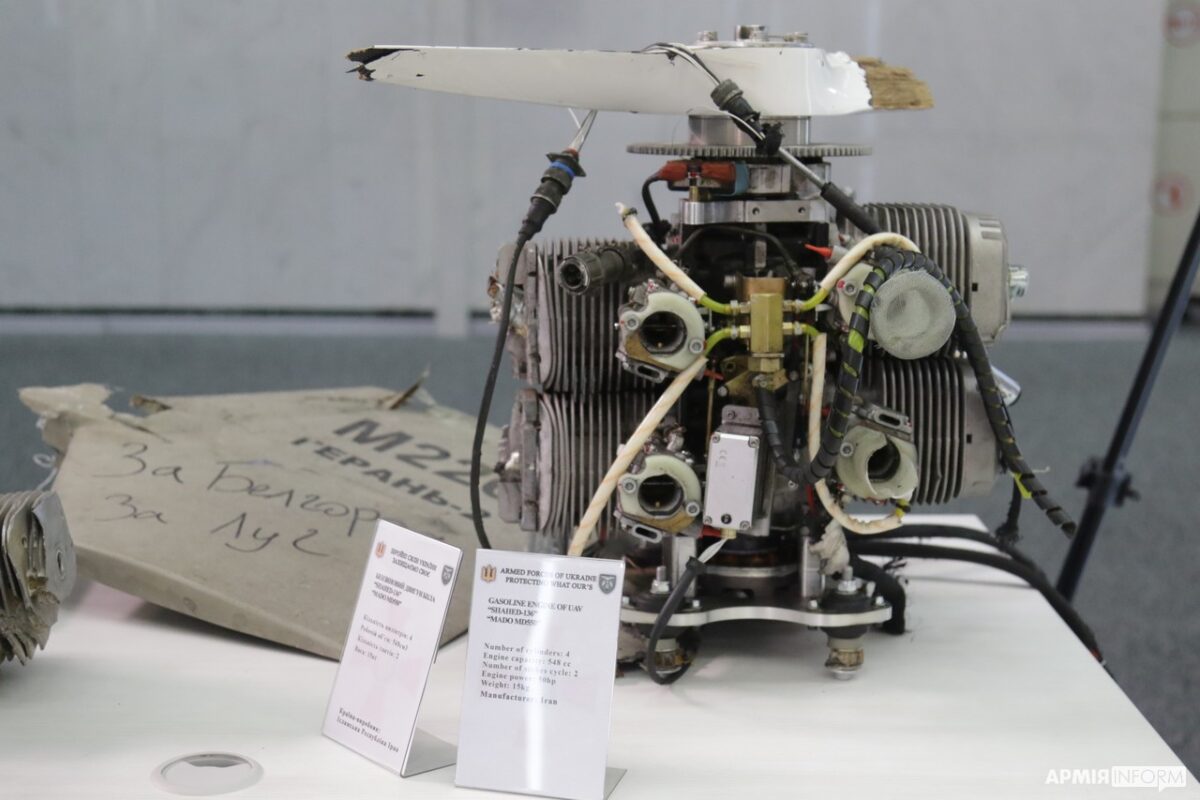
The reward of utilizing a jet engine on Shahed-238 manifests solely in speed. The estimate is about 400 to 600 km/h, two or three times faster than Shahed-136's max speed. The price for this upgrade is the drone's expensiveness, which partially attenuates the main advantage offered by Shahed-type munitions, which is being cheap to produce in large batches.
Higher speed would impair the effectiveness of anti-aircraft guns against the Shahed-238, at the same time, the vibrant heat signature of the jet engine will make it an easy target for surface-to-air missiles. Although practice shows that in the russo-Ukrainian war, not only do the specifications of the weapons matter but their numbers and production rates are no less important.
Read more: Ukrainian Kamikaze Drones with Machine Vision Destroy russian Pantsir-S1 (Video)




